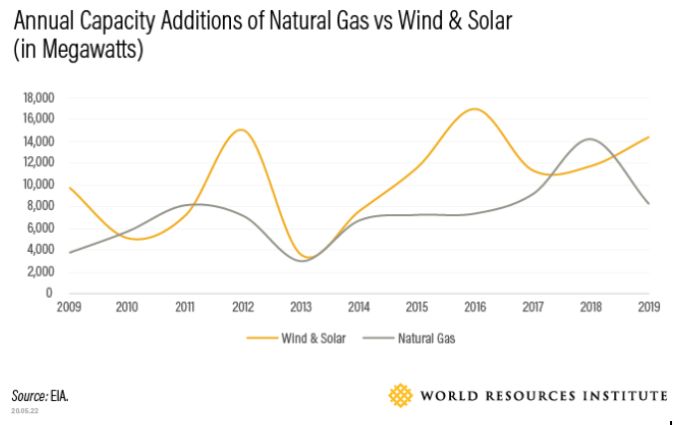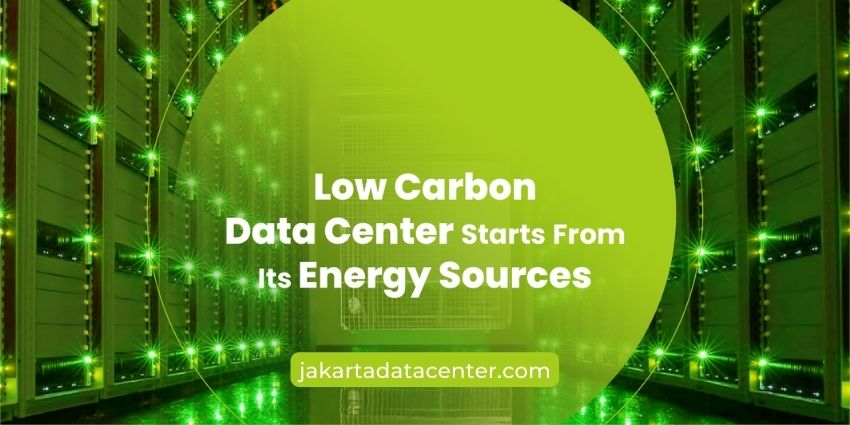A low carbon data center starts from its energy sources, which are the most significant factors for lowering the carbon emissions.
With today’s focus on data center efficiency and sustainability, the stage is set for a new form of green IT developed based on a number of innovative technologies introduced in recent years.
When compared to traditional data centers, a Green Data Center offers higher availability and lower costs with significantly reduced environmental impact.
Effect of Fossil Fuels on Climate Change and Earth
The Inter-governmental Panel on Climate Change has found that fossil fuel emissions are the main cause of global warming. In 2018, fossil fuels and industry emitted 89% of global CO2.
Coal is a fossil fuel and the dirtiest of all, responsible for over 0.3C of the 1C increase in global average temperatures. It makes it the only biggest source of global temperature rise.
Oil releases a huge amount of carbon content when burned, approximately a 3rd of the global total carbon emissions. There have been many oil spills in recent years that had a devastating impact on our ocean’s ecosystem.
Natural gas is often considered a cleaner energy source than coal and oil. But natural gas remains a fossil fuel and accounts for the filth of the world’s total carbon emissions.
Initiation of Concept of Low Carbon Data Centers
With more businesses going online, data centers are becoming one of the most valuable assets in an organization. The demand for data and bandwidth is continuously growing, contributing to global energy consumption.
According to Natural Resources Defense Council, data centers used 91 billion kilowatt hours (kWh) of electrical energy in 2013, 3% of global electricity consumption.
Data centers are known as energy guzzlers. They consume an estimated 200 terawatt hours yearly or nearly 1% of global electricity demand.
The data center’s energy consumption has not grown at the exponential rate of Internet traffic. It is due to the huge strides in energy efficiency in data centers. Improvements in the efficiency of servers, low carbon data center infrastructure, and storage devices, as well as moving away from small data centers to larger cloud and hyperscale data centers, have helped limit the growth of electricity demand.
Data centers are now on the radar of environmental groups for their C02 emissions, which account for 200M metric tons of CO2 per year. As per new research, big physical infrastructure can cut their data center’s carbon footprints or emissions by 80% by efficiently managing off-shelf equipment & energy.
Data centers are finding ways to lessen energy consumption as digital demand increases. They are using everything from providing liquid cooling solutions to offering on-site prime power through fuel cells.
Leading operators have devoted themselves to the low carbon data centers or carbon neutrality and science-based targets for emissions reduction by 2030. To meet these goals, they have partnered with technology companies to invent ways of reducing energy consumption at all levels of operation.
Clean Energy Sources have replaced Fossil Fuel Energy.
Societies around the world need to make basic changes in their utilization patterns. Over the previous few years, the clean energy industry has brought enormous changes such as:
- Costs have fallen dramatically
- Technologies have become more efficient
- Solutions for integrating renewables into electric grids have advanced.
In the U.S. and every region, when electricity supplied by wind or solar energy is available, it replaces energy produced by natural gas or coal-fired generators. The type of energy replaced by renewables depends on the hour per day & the mix of generations on the grid.
Several studies have found that because the output from wind & solar displaces fossil generation, renewables also reduce data centers’ carbon footprints. For example, an NREL study found that 35% of electricity generated using wind & solar in the western United States would reduce carbon dioxide emissions by 25-45%.
Solar and wind farms have recently dominated new power plant builds in the U.S., while fossil fuel plants, particularly coal-fired plants—continue to retire at a record pace.
In 2019, wind (9.1GW) & solar (5.3GW) represented 62% of all new generating capacity, then natural gas (8.3GW), while coal-fired power (14GW) was retired. The U.S. EIA has also predicted that electricity generated added in the U.S. in 2020 will come from wind and solar.

New natural gas plants will represent less than a quarter of the new generating capacity. Certainly, some of these installations may get delayed by the COVID-19 pandemic.
While natural gas builds exceeded those of renewables in 2018, reversing the earlier trend of renewables, there were 12.9GW of coal-fired capacity and 4.6GW of gas-fired capacity retired in that same year, according to EIA.
Different Cooling Systems for Data Centers
Air-based Cooling Systems
In these cooling systems, cool air is supplied to the server rooms. The server racks get arranged in so-called ‘cold’ and ‘hot’ aisles to control the airflow and eliminate the mixing of cold & hot air.
Because of low heat capacity and heat transfer coefficient, the air is not a very good medium for heat transfer. It results in high energy consumption, limitations on how close the servers can be together, and a relatively low excess heat temperature.
Liquid-Based Cooling Systems
They use a liquid such as water to dissipate heat. It is done by circulating water in microchannels and exchanging heat in cold plate heat exchangers that directly interact with the server components.
Water & liquids, in general, have generally better heat transfer properties than air. Liquid-based cooling systems allow more condensed data centers, reduced energy use for cooling, and higher excess heat temperatures.
Two-Phase Cooling
It is a rising form of low-carbon data center cooling technology. The liquid coolant vaporizes in the cold plate heat exchanger, & the dissipated energy is stored as latent heat. It allows for even greater heat fluxes and coolant return temperature and enables an even higher computational density.
Low carbon data centers use standard air-based cooling systems, which are simple & cheap. The drawback is that they are not an efficient way of removing heat, resulting in high energy consumption and low excess heat temperatures.
However, the market’s push toward building even more computationally intensive data centers has resulted in cooling methods that can lessen heat per area.
Conclusion:
Data Centres emit global greenhouse gas and other harmful waste material. Their importance can’t get denied, but carbon dioxide addition contributes to environmental pollution.
The low-carbon data centers must be a priority for each operator. Much work is done, and more is going on in the future to save our planet.
Get the latest information by subscribing for free via e-mail from JakartaDataCenter.com

